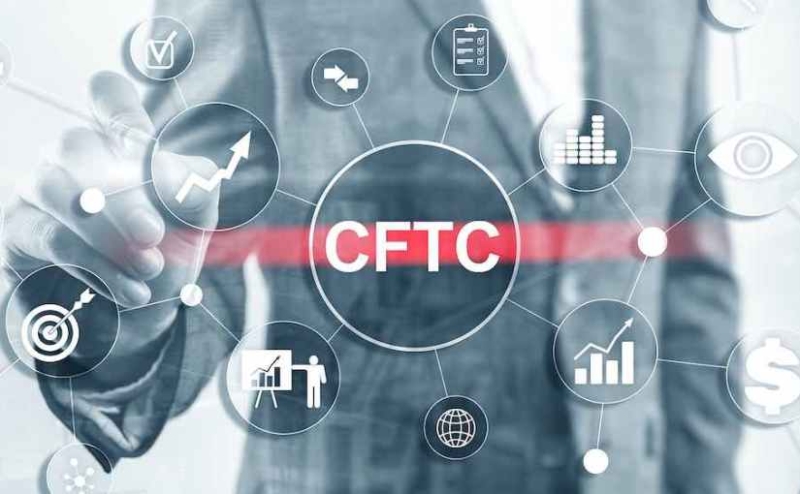
On 12 September 2024, the Commodity Futures Trading Commission (CFTC) published a Final Rule impacting registered commodity pool operators (CPOs) and commodity trading advisors (CTAs) relying on the regulatory relief provided under CFTC Regulation 4.7. “Registration light,” as Regulation 4.7 is sometimes known, provides reduced disclosure, reporting and recordkeeping obligations for CPOs and CTAs that limit sales activities to “qualified eligible persons” (QEPs).
The Final Rule amends Regulation 4.7 by:
- Updating the QEP definition by increasing the financial thresholds in the “Portfolio Requirement” to account for inflation; and
- Codifying certain CFTC no-action letters allowing CPOs of Funds of Funds to opt to deliver monthly account statements within 45 days of month-end.
For most asset managers, however, the most significant update is that the CFTC declined to adopt the proposed minimum disclosure requirements. Under existing Regulation 4.7, CPOs and CTAs are exempt from certain disclosure requirements when offering pools solely to QEPs. Without those exemptions, dually-registered managers would be burdened with duplicate or conflicting disclosure requirements under the Securities and Exchange Commission’s (SEC) rules. The Proposed Rule would have rescinded or narrowed certain of these exemptions. Commenters almost unanimously opposed the disclosure-related amendments, and the CFTC ultimately decided to take additional time to consider the concerns and potential alternatives.
The Final Rule doubled the Portfolio Requirement for the Securities Portfolio Test and the Initial Margin and Premium test to US$4,000,000 and US$400,000, respectively. Despite the increased suitability standards for QEPs, the Final Rule will not impact most private funds relying on Rule 506 of Regulation D, as those amounts are still less than the “Qualified Purchaser” threshold under the SEC’s rules.
Copyright 2024 K & L Gates by: Cheryl L. Isaac, Matthew J. Rogers, Benjamin C. Skillin of K&L Gates For more news on CFTC Final Rule, visit the NLR Antitrust Trade Regulation section.






